Mudras, ancient hand gestures originating from India, hold a profound significance in healing practices. These symbolic gestures, when practiced with intention and mindfulness, can unlock a spectrum of physical, mental, and spiritual benefits. Understanding the essence and techniques of healing mudras opens doors to holistic well-being and inner balance.
Table of Contents
Introduction to Mudras
Derived from Sanskrit, the word ‘mudra’ translates to ‘seal’ or ‘gesture.’ These gestures are deeply rooted in spiritual teachings and are believed to influence the body’s energy flow, promoting healing and wellness.
Understanding Healing Mudras
Healing Mudras are symbolic hand movements that trace their roots to ancient Indian traditions. Each gesture holds profound meaning and is believed to channel specific energy flows within the body. Let’s explore some key Mudras and their therapeutic benefits.
To Practice all these hand mudras you may refer the book available on amazon-The Healing Power of Mudras: The Yoga of the Hands
1. Anjali Mudra: Cultivating Gratitude and Serenity
Anjali Mudra, commonly known as the prayer pose, brings the palms together at the heart center. This Mudra fosters a sense of gratitude, tranquility, and unity. Incorporating it into your daily routine can enhance mindfulness and promote a serene state of being.

Benefit of Anjali Mudra
Anjali Mudra, a simple yet profound gesture, connects mind and body, fostering a sense of balance and inner peace. Bringing hands together at the heart center, this gesture symbolizes unity and gratitude. Physically, it engages various muscles, enhancing flexibility and strength.
Beyond the physical benefits, Anjali Mudra encourages mental focus, calming the mind amidst life’s chaos. Incorporating this mudra in your daily routine can alleviate stress, promote mental clarity, and evoke a sense of serenity. It’s an uncomplicated practice accessible to all, offering a gentle reminder to pause, center yourself, and embrace the harmonizing power within this humble hand gesture.
2. Gyan Mudra: Igniting Wisdom and Knowledge
Gyan Mudra, or the gesture of knowledge, involves joining the thumb and index finger while keeping the other fingers straight. This Mudra is believed to stimulate the brain, improve concentration, and enhance memory. Embrace the Gyan Mudra during meditation for a heightened cognitive experience.
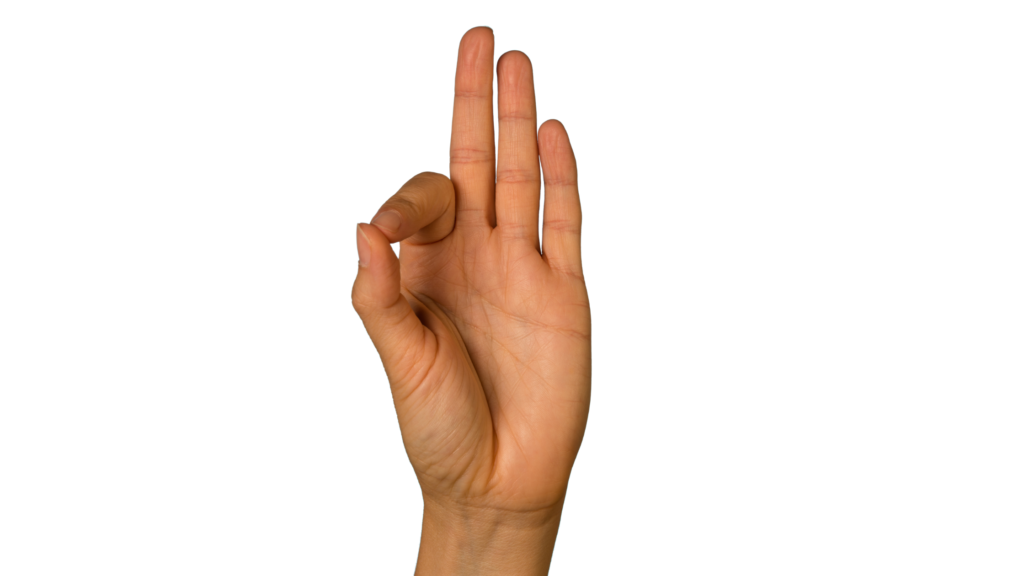
Benefits of Gyan Mudra
Gyan mudra is a powerful practice with a myriad of benefits for overall well-being. It symbolically connects the Limited and Universal Self, embodying the essence of yoga as union. By stimulating the Muladhara chakra, it brings stability, security, and grounding to one’s reality.
Ideal for meditation, this mudra reduces distractions, enhances mental clarity, and addresses issues like insomnia. Its association with spiritual figures like Lord Buddha and Lord Krishna underscores its role in fostering spiritual growth and enlightenment.
Beyond the spiritual realm, gyan mudra activates the air element, promoting better mental health through improved energy circulation. In Ayurveda, it serves as a remedy for tension and depression by balancing the vata dosha. The mudra also has a soothing effect on negative emotions such as anger, facilitating the flow of energy and purifying the body. Balancing doshas cleanses the aura and prana, amplifying the power of the life force.
Moreover, gyan mudra initiates chakra healing, starting from the root and extending to Ajna (Third Eye) and Sahasrara (Crown) chakras. Its impact on Apana Vayu efficiency makes it beneficial for hormonal, nervous system, and muscular disorders. Consider incorporating this mudra into your routine, especially after meals, to aid digestion and prevent reverse Apana Vayu motion, supporting your overall health and well-being.
3. Prithvi Mudra: Nurturing Stability and Grounding Energy
Prithvi Mudra focuses on connecting the thumb and ring finger, symbolizing the Earth element. By practicing this Mudra, individuals seek to stabilize their energy, reduce stress, and promote a sense of grounding. Incorporate Prithvi Mudra during moments of anxiety for a calming effect.
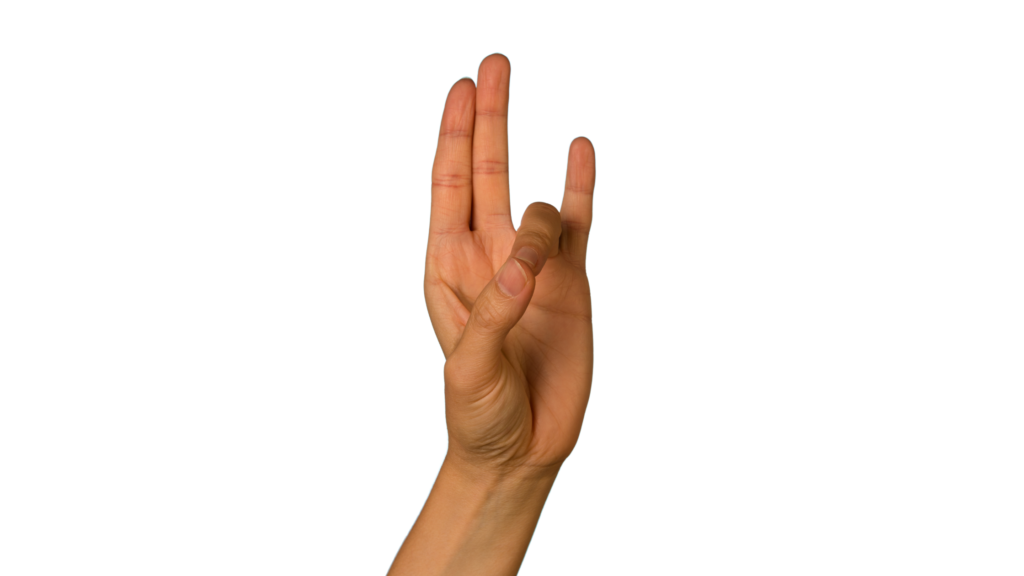
Benefits of Prithvi Mudra
Prithvi mudra aims to balance the earth and fire elements. By touching the tip of the ring finger (representing earth) to the tip of the thumb (representing fire), it enhances the earth element while reducing the fire element. This gesture is also called Prithvi Vardhak Mudra, indicating an increase in the earth element, and Agni Shamak Mudra, signifying a decrease in the fire element. It’s commonly known as the Earth Mudra.
Prithvi mudra works by stimulating acupressure points, redirecting energy flow along specific pathways. In Kundalini yoga, the earth element relates to the Mooladhara chakra, associated with stability and strength.
This mudra helps regulate weight, with an increase causing overweight and a decrease leading to underweight. Additionally, it influences Apana prana, the downward energy supporting excretory and reproductive systems. Understanding and practicing Prithvi mudra can contribute to a balanced elemental composition within the body.
4. Varuna Mudra: Balancing Fluids and Emotions
Varun Mudra involves touching the tips of the thumb and little finger. This Mudra is associated with balancing the water element in the body, addressing issues related to dehydration and emotional turbulence. Regular practice may help maintain emotional equilibrium.

Benefits of Varuna Mudra
Varuna mudra is thought to boost the water element within the body, offering benefits both physically and mentally. Engaging in water mudras is believed to aid blood circulation, address liver and kidney issues, and counteract dehydration.
On a profound level, these mudras encourage a mindset of “going with the flow” and finding joy without guilt. Water’s inherent qualities of fluidity and movement serve as lessons in coping with and embracing change.
Connecting with the water element proves supportive during emotional processing, transformative phases, and life situations requiring openness and adaptability. This mudra is linked to the Sacral or Svadisthana chakra, associated with life enjoyment. Balancing this chakra opens avenues for pleasure and harnessing creative abilities.
5. Apana Mudra: Cleansing and Energizing
Apana Mudra involves joining the thumb, middle, and ring fingers while keeping the index and little fingers extended. This gesture is believed to detoxify the body, boost vitality, and promote a sense of rejuvenation. Incorporate Apana Mudra during moments of fatigue for an energy recharge.
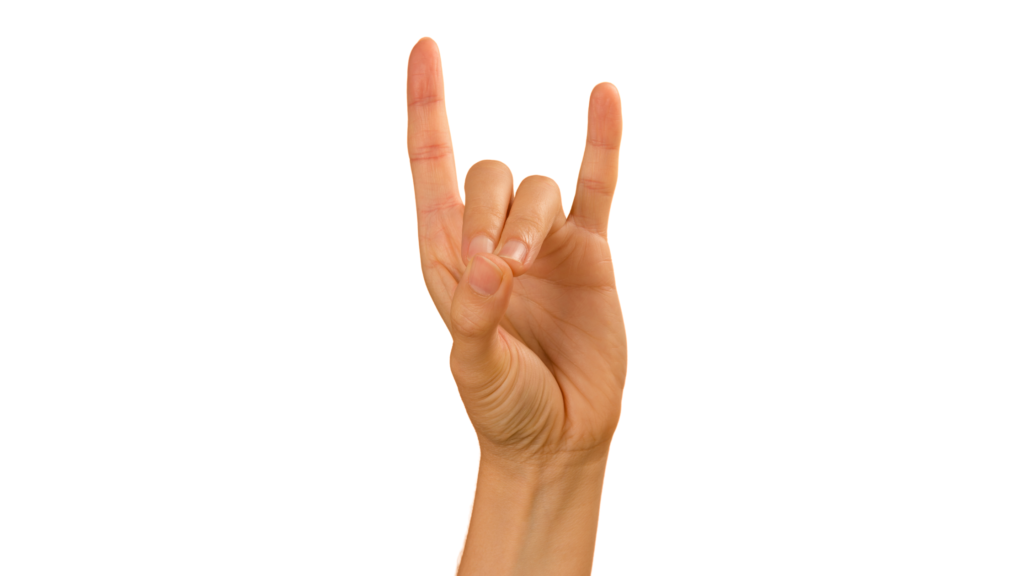
Benefits of Apana Mudra
Apana Mudra brings various benefits, notably aiding digestion and meditation. It serves as a remedy for “mental constipation,” clearing mental blockages and negative emotions. This powerful mudra reduces menstrual cramps, instills confidence, and enhances a sense of security.
Improved digestion leads to better decision-making, strengthened health, and disease prevention. Apana Mudra fosters inner peace and harmony, energizing the gallbladder and liver while supporting waste removal. Additionally, it enhances vision, facilitates healing, and promotes dental health. Embracing Apana Mudra also encourages sound sleeping habits.
6. Shuni Mudra: Fostering Patience and Discipline
Shuni Mudra, formed by joining the thumb and middle finger, is associated with patience and discipline. By practicing this Mudra, individuals aim to enhance focus, develop inner strength, and cultivate a patient mindset. Integrate Shuni Mudra during meditation for a centered and disciplined approach.

Benefits of Shuni Mudra
Shuni Mudra brings positive transformations, symbolizing patience and discipline. It fosters compassion, understanding, and strength in dealing with tasks. This mudra heightens intuition, promoting alertness and purification.
Offering relief from depression and overwhelming thoughts, Shuni Mudra calms mental processes, aiding perseverance during challenging times. It improves digestion, both of food and ideas, encompassing a holistic approach to well-being.
Also read Traditional Indian art forms and techniques
7. Linga Mudra: Igniting Inner Heat and Vitality
Linga Mudra involves interlocking the fingers, with the left thumb pointing upward enclosed by the right thumb and index finger forming a circle. This Mudra is thought to generate inner heat, promoting vitality and vigor. Embrace Linga Mudra during cold seasons to kindle internal warmth.

Benefits of Linga Mudra
Linga Mudra generates body heat, aiding in combating infections like the common cold, mucus issues, and lung disorders while regulating fever. This warmth enhances metabolism, respiration, and oxygen levels. Effective for weight loss, it improves digestion, eliminates laziness, and boosts self-belief.
Linga Mudra fosters mental strength, enhances sexual health, and eases menstrual cycles for women. It creates harmony by balancing Pitta Dosha and Kapha Dosha, providing a holistic approach to well-being.
8. Vayu Mudra: Alleviating Air-related Imbalances
Vayu Mudra, or the gesture of air, is formed by placing the index finger at the base of the thumb and applying slight pressure. This Mudra is believed to address air-related imbalances, reducing bloating and promoting a sense of ease in the digestive system. Incorporate Vayu Mudra after meals for digestive well-being.

Benefits of Vayu Mudra
Vayu Mudra, a practice harmonizing the Sun and Air elements, offers diverse benefits. By controlling excess air, it balances Vata dosha, benefiting the colon, lungs, circulation, and mental health. This mudra effectively reduces issues like nervousness, anxiety, and digestive discomfort. Furthermore, it supports organ stimulation, aiding natural detoxification and emotional release.
Emotionally, Vayu Mudra cultivates awareness and calmness, addressing depression and fostering the healthy processing of repressed emotions. As a therapeutic tool, it proves beneficial for conditions such as rheumatoid arthritis, arthritis, osteoporosis, insomnia, and Parkinson’s Disease. .
In terms of general health, Vayu Mudra assists in reducing joint-related ailments, easing neck pain, enhancing immunity, supporting digestion, and improving lung function, particularly for asthma relief.
On a spiritual level, the mudra is incorporated into meditation practices, clearing energy channels and promoting a calm nervous system for a more focused and balanced meditation experience.
Techniques and Practice of Healing Mudras
The foundation of mastering Healing Mudras lies in a mindful combination of posture and breath control. By adopting a comfortable seated position and focusing on conscious breathing, practitioners create an optimal environment for the mudras to channel energy effectively.
Beginners can start with short sessions and gradually increase duration while ensuring a relaxed and comfortable state.
Cultural and Historical Significance
Mudras have been referenced in ancient Indian scriptures like the Vedas and Upanishads, showcasing their historical significance and sacred roots. Their evolution and preservation have played a pivotal role in sustaining these practices through generations.
What makes mudras unique is their ability to transcend cultural barriers. In a world that celebrates diversity, these hand gestures have found a place in various cultural practices. As wellness practices become more universal, the incorporation of mudras into mainstream health and fitness routines continues to grow.
Challenges and Precautions
While practicing mudras, it’s essential to be aware of any physical limitations or contraindications. Seeking guidance from experts and practicing caution ensures a safe and fruitful experience.
Embracing Healing Mudras in Daily Life
Unlock the transformative potential of Healing Mudras by incorporating them into your daily routine. Begin each day with a few minutes dedicated to these gestures, fostering a deeper connection between mind, body, and soul.
- Set an Intention: Begin with a clear intention for your Mudra practice—whether it’s stress relief, enhanced focus, or emotional balance.
- Choose Your Mudra: Select a Mudra that aligns with your intention. Experiment with different gestures to find what resonates best with you.
- Practice Mindfully: Find a quiet space, sit comfortably, and bring your chosen Mudra to life. Close your eyes, breathe deeply, and focus on the energy flowing through your fingertips.
- Integrate into Daily Life: Extend the benefits of Healing Mudras beyond dedicated practice. Use specific Mudras during stressful situations or when you need a moment of calm.
The Science Behind Indian Mudras
In the 21st century, science is beginning to catch up with ancient wisdom. Research studies delve into the physiological and psychological effects of Indian mudras, unveiling the tangible impact on neural pathways and emotional well-being. As we decode the secrets hidden in these hand gestures, a bridge emerges between ancient traditions and modern understanding.
The Global Impact of Healing Mudras
The spread of yoga and meditation to every corner of the globe has facilitated the global acceptance of mudras. As people seek balance and harmony in their lives, the simplicity and effectiveness of mudras have made them a popular choice in alternative medicine practices worldwide. From Asia to the Americas, individuals are incorporating these hand gestures into their daily routines for enhanced well-being
Notable personalities and celebrities have embraced mudras, sharing their positive experiences with a global audience. The recognition by healthcare professionals and institutions further solidifies the credibility of mudras as a complementary practice in promoting health and wellness.
Conclusion
In conclusion, healing mudras encapsulate the essence of ancient wisdom and holistic healing. Their practice offers a gateway to balance, harmony, and well-being, urging readers to explore and embrace these transformative hand gestures for a fulfilling life journey.
FAQs (Frequently Asked Questions)
What are healing mudras?
Healing mudras are hand gestures used in ancient Indian traditions, particularly in yoga, meditation, and Ayurveda, believed to channel and redirect the body’s energy flow for therapeutic benefits.
How do healing mudras work?
Healing mudras are thought to stimulate specific areas of the body and mind by creating connections between different parts of the hands and fingers, influencing the flow of energy or prana throughout the body.
What are some common healing mudras and their benefits?
Gyan Mudra: Enhances concentration, memory, and alleviates stress.
Prithvi Mudra: Increases vitality, reduces fatigue, and aids digestion.
Varuna Mudra: Balances emotions, hydrates the body, and purifies blood.
Vayu Mudra: Helps alleviate stress, anxiety, and air-related imbalances.
Agni Mudra: Stimulates digestion, metabolism, and aids detoxification
How are healing mudras practiced?
Healing mudras involve simple hand gestures where fingers are placed in specific positions. Practitioners typically sit in a comfortable posture, perform the mudra, and combine it with meditation, yoga, or breathing exercises for optimal benefits.
Are healing mudras effective?
Healing mudras are believed to have subtle effects on physical and mental well-being, but they’re not a replacement for professional medical treatment. They may complement overall wellness practices and contribute to a sense of balance and relaxation.
Can anyone practice healing mudras?
Yes, healing mudras are generally safe and can be practiced by most people. However, individuals with specific medical conditions should consult a healthcare professional before incorporating mudras into their routine.
How long should one perform healing mudras for noticeable effects?
There’s no fixed duration. Consistency is key. Practicing these mudras regularly, even for a few minutes a day, may gradually bring about subtle changes in energy levels, focus, and overall well-being
Where can I learn more about healing mudras?
There are various resources available, including books, online articles, videos, and classes offered by certified yoga and meditation instructors or practitioners well-versed in these ancient techniques.

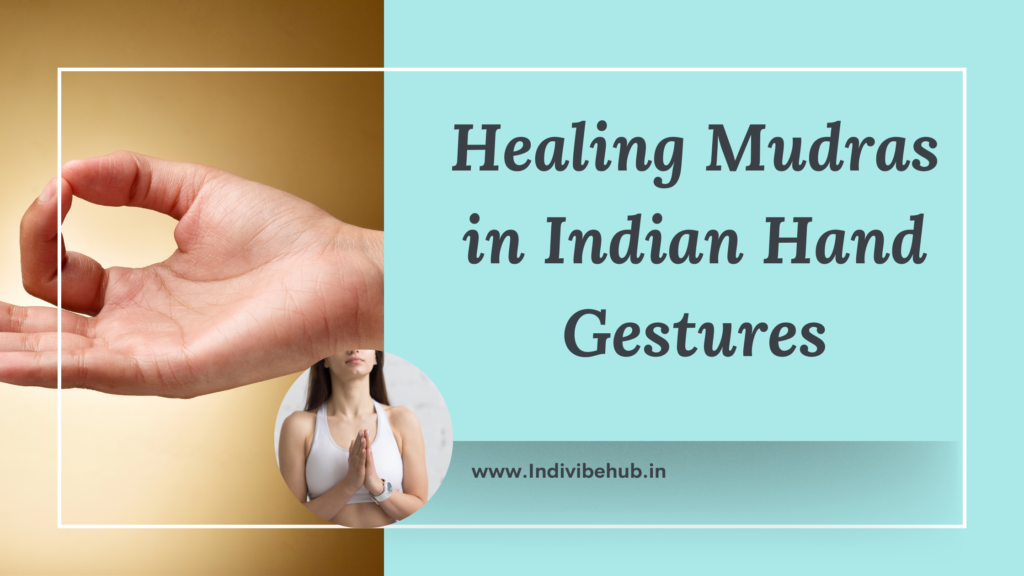

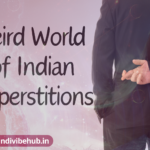
Pingback: Do Indians really feel Ashamed while Speaking Hindi Language? - indivibehub.in
I don’t think the title of your article matches the content lol. Just kidding, mainly because I had some doubts after reading the article.
Thanks for sharing. I read many of your blog posts, cool, your blog is very good.
Your point of view caught my eye and was very interesting. Thanks. I have a question for you.
Can you be more specific about the content of your article? After reading it, I still have some doubts. Hope you can help me.
Hey There. I found your blog the use of msn. That is a really well written article. I will be sure to bookmark it and return to learn more of your helpful information. Thank you for the post. I’ll definitely comeback.
Thank you for your sharing. I am worried that I lack creative ideas. It is your article that makes me full of hope. Thank you. But, I have a question, can you help me? https://accounts.binance.com/en-IN/register-person?ref=UM6SMJM3
Can you be more specific about the content of your article? After reading it, I still have some doubts. Hope you can help me.
Thank you for your sharing. I am worried that I lack creative ideas. It is your article that makes me full of hope. Thank you. But, I have a question, can you help me?
Can you be more specific about the content of your article? After reading it, I still have some doubts. Hope you can help me.